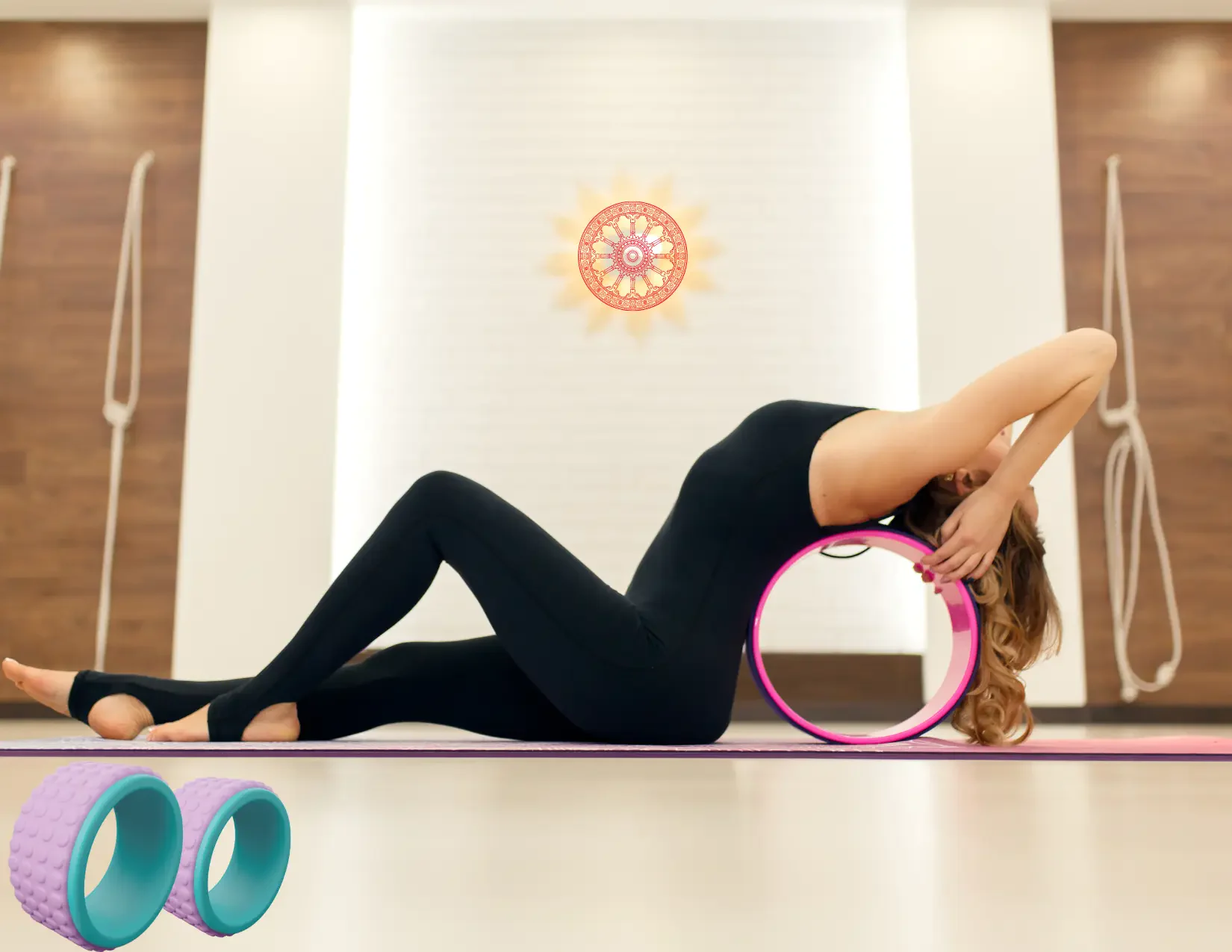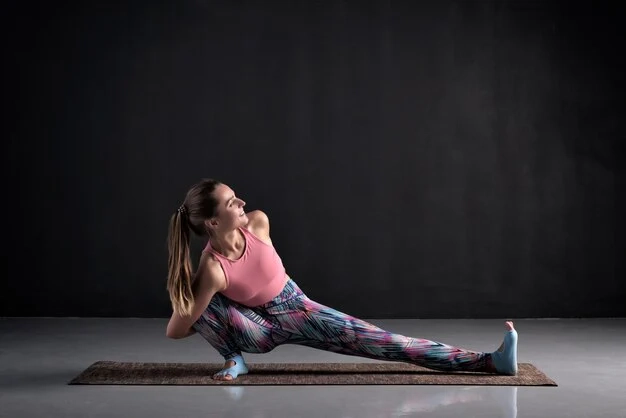The yoga wheel, a relatively recent prop in the yoga world, is highly regarded for its efficacy and adaptability. This circular tool is intended to be a helpful tool for increasing stability, flexibility, and stretching. For novices, the yoga wheel can be both interesting and intimidating. In this newsletter, we’ll explore vital suggestions and hints for beginning your adventure with the yoga wheel and cope with common questions about its blessings and usage.
Do Yoga Wheels Really Work?
Sure, yoga wheels work and can be fairly useful when used properly. They may be intended to assist stretch and opening up the backbone, chest, shoulders, and hips. The curved design of the wheel allows for a gentle yet deep stretch, which can increase flexibility, relieve muscle anxiety, and enhance normal mobility. Many users document large improvements in their yoga practice and physical well-being after incorporating this wheel into their ordinary.
What is a Yoga Wheel Used For?
A yoga wheel is used for diverse functions, together with:
- Stretching: It helps in deepening stretches, in particular for the lower back, chest, shoulders, and hips.
- Flexibility: Everyday use can beautify flexibility and range of movement.
- Stability: It challenges and improves balance and balance.
- Strength: In certain activities, the use of the wheel can build middle and upper frame power.
- Rest: The wheel can be used for mild, restorative poses that sell relaxation and stress alleviation.
Can an amateur Use a Yoga Wheel?
Beginners can use a yoga wheel. While it would appear daunting at the beginning, this wheel is a remarkable tool for practitioners of all stages. Beginners can start with easy stretches and gradually develop to greater advanced poses as their self-belief and capacity improve. To avoid capacity stress or hurt, start cautiously and focus on your frame.
What is a Yoga Wheel Pose top used for?
Yoga wheel positions are precise for a variety of things.
- Backbone fitness: They enhance spinal extension and alignment, which reduces lower back discomfort and improves posture.
- Chest and Shoulder starting: These poses open the chest and shoulders, counteracting the consequences of slouching and improving respiration.
- Hip Flexibility: They help in stretching and opening the hip flexors, which could grow to be tight from extended sitting.
- Balance and Coordination: The yoga wheel poses to challenge your balance, improving coordination and proprioception.
- Strengthening: Many poses involve interaction between the center, arms, and legs, which helps to increase power and balance.
Tips and ideas for beginners
1. Begin with foundational poses.
Begin with easy poses, such as resting on the wheel with it under your back, allowing your backbone to slowly arch over it. This enables you to get cozy with the wheel and recognize the way it helps your frame.
2. Cognizance of Alignment
Pay close interest to your frame’s alignment. The yoga wheel is designed to enhance your practice and no longer cause injury. To avoid unnecessary stress, make sure you regulate your movements and maintain proper form.
3. Use a Wall to Assist
Physical games near a wall might help to increase stability. This provides additional assistance and promotes self-assurance, particularly when attempting new positions or balancing physical tasks.
4. Consistent boom trouble.
As your confidence with the yoga wheel grows, incorporate more difficult poses regularly. Begin with simpler postures then progress to intermediate and advanced positions as your power and flexibility improve.
5. Concentrate on your body.
Usually, pay attention to your body and avoid pushing yourself over your boundaries. The yoga wheel is a helpful resource for your exercise, and it’s important to use it thoughtfully.
6. Include in your habitual
Try to incorporate this wheel into your regular yoga practice. Consistent use will help you reap the most advantages, complementing your regular yoga practice.
7. Watch Tutorials and Take classes
Consider watching online tutorials or taking lessons mainly targeted on the use of the yoga wheel. This will provide steering, and inspiration, and make sure you’re using the wheel correctly.
8. Warm Up before Use
Constantly heat your frame before the use of the yoga wheel. This prepares your muscle groups and joints for deeper stretches and actions, lowering the danger of damage.
Conclusion
Embarking on an adventure with the yoga wheel may be a transformative enjoyment for novices. This multifunctional instrument offers several advantages, ranging from increased flexibility and power to improved stability and rest. Beginners can effectively incorporate the yoga wheel into their practice by beginning with foundational poses, focusing on alignment, and progressively increasing the difficulty. Remember to listen to your body, use the wheel carefully, and enjoy the process of getting more flexible and balanced.





Your point of view caught my eye and was very interesting. Thanks. I have a question for you.